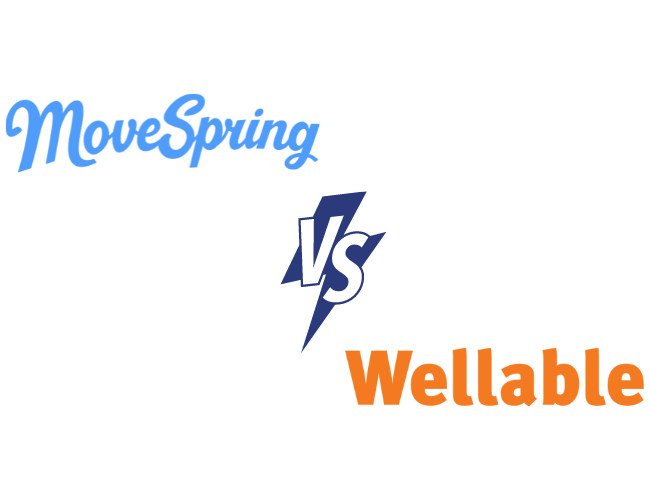On June 11, 2020, the U.S. Equal Employment Opportunity Commission (EEOC) voted in favor of a proposed rule regarding incentives in employer wellness programs. This new proposal clarifies the level of incentives employers may legally offer in their wellness programs that encourage the disclosure of medical information from employees, in compliance with the Americans with Disabilities Act (ADA).
If it is approved by the White House Office of Management and Budget and finalized, employers would only be able to only offer minor incentives in wellness programs. To be deemed legal and “voluntary,” programs must offer no more than “de minimis” incentives. However, “de minimis” has not been clearly defined since the recent commissioners’ hearing. Employers would only be permitted to collect aggregated medical information from employees, and they could not take any actions that might disclose an employee’s identity. Furthermore, they could not require employees to agree to the sale, transfer, or disclosure of their medical information.
The updated guidance on these programs has been anticipated for quite a while now. In August 2017, the US District Court for the District of Columbia issued a ruling that the EEOC did not explain the reasoning behind wellness plan compliance obligations with respect to the ADA and Genetic Information Nondiscrimination Act (GINA). According to the ruling, wellness programs could not be considered voluntary if they offered employees savings of up to 30% on healthcare premiums in exchange for their participation. If an employee could not afford the costs of premiums without participating in the program, then the incentive would force them to provide personal health information they may not otherwise want to disclose.
While the 2017 ruling gave some insight for employers on what not to do, the EEOC failed to provide additional regulations and guidance in the years following the case. Without this, employers have since been left in a state of legal uncertainty when it comes to planning and implementing certain components of their wellness programs.
The current proposal offers a new interpretation of the ADA’s insurance “safe harbor” provisions, which state that insurers and plan administrators are not prohibited from “establishing, sponsoring, observing or administering the terms of a bona fide benefit plan based on underwriting risks, classifying risks, or administering such risks that are based on or not inconsistent with state law.” For programs that meet ADA and Health Insurance Portability and Accountability Act (HIPAA) regulations, the new de minimis rule would not apply. This is a change from the EEOC’s previous stance in 2016 that safe harbor does not apply to wellness programs.
Employers Need Their Employees’ Confidence
Once approved, the new EEOC rules will hopefully offer better guidance on incentives (especially if what constitutes “de minimis” incentives are clearly defined). Employers may still be left with some legal uncertainties and questions, but the important issue is that employees want to feel that they aren’t being coerced or punished by programs meant to help them lead healthier, more productive lives. This is particularly true for older workers, those with disabilities, and people struggling with chronic conditions or poor health issues.
Wellness programs can be intimidating or even stressful for people with certain wellness challenges, so it is important to cater benefits to a company’s specific workforce while being able to accommodate individual employee needs. Carefully evaluate how employees feel about certain programs or incentives, what wellness challenges they may currently be struggling with, as well as how engaged workers are with their current benefits. Above all, focus on creating a work environment that is welcoming and encouraging (instead of competitive or high-pressure) in order to inspire employees to engage more with wellness program offerings.
It is important to recognize that a wellness program can be compliant with current regulations while being negatively perceived by employees. Without employee support for a wellness program, it can never be truly successful in achieving its goals and objectives. Employers should be conscious of regulatory requirements, but must not make this the only standard when designing their program.












